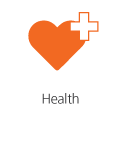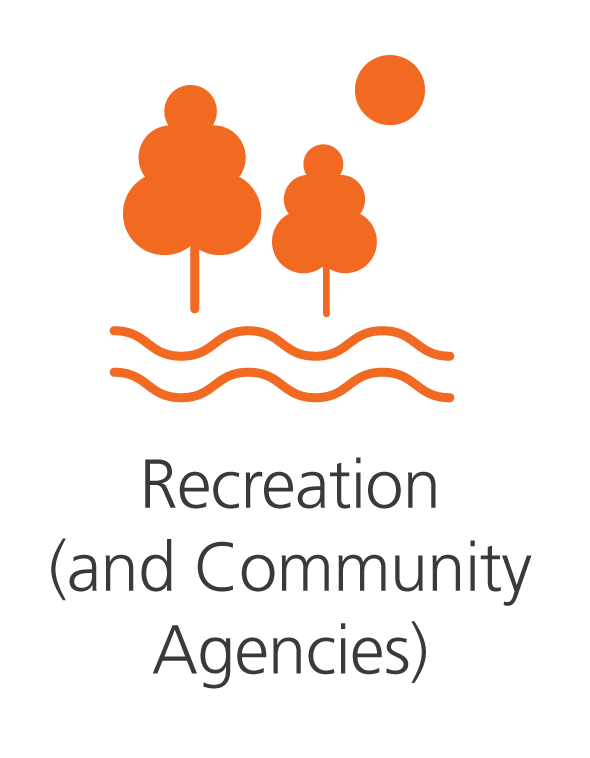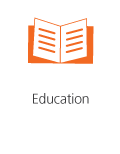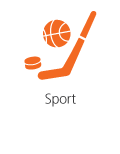

Project Description
The Physical Literacy for Communities Lanaudière project brings together a group of partners from the fields of education, sport and physical activity, outdoor activities, health and communications to develop physical literacy.
The approach aims to:
- encourage community partnerships and cross-sectoral collaboration,
- Increase awareness of physical literacy among the target populations, and
- help communities as they support physical literacy activities and increase physical activity in their communities.

Key Dates
The project began in June 2022 and will end in August 2024.
Regional Manager & Associate Mentor
The project manager for Lanaudière is Mariane Parent, Project Director at Réseau Accès Participation (RAP). The associate mentor for the project is Alexandra Ayotte from Loisir et Sport Lanaudière.
Community Partners/Stakeholders
The Lanaudière community partners, which demonstrate dynamism and leadership in this project, are:
- ARLPH-Association régionale de loisirs pour personnes handicapées de Lanaudière
- Aminate: Accueil multiethnique et intégration des nouveaux arrivants à Terrebonne et Mascouche
- Kinadapt
- City of Terrebonne
- Club d’aviron de Terrebonne
- Centre de service scolaire des Samarres
- Le Néo – autonomous regional community organization in Lanaudière for the prevention and promotion of health and well-being
- Fillactive
- Centre Intégré de santé et services sociaux de Lanaudière
- Service de loisir de Manawan
- RSEQ – Réseau du sport étudiant du Québec
- Marise Allard – kinesiologist
The skills and outreach necessary for this project is only achieved given the extensive commitment and support of these organizations.
Sectors represented




Mission
To act positively on the development of physical literacy of young people aged 2 to 18 in Lanaudière, by mobilizing resources that promote concrete actions aimed at inclusive and collective well-being.
The three areas of focus are:
- acting on the level of competition and performance adapted to the target population (fun, play and freedom),
- participation rate in physical activity for girls versus boys (models, inactivity, needs and interests), and
- value of the outdoors as a means of developing physical literacy.
In the News
Coming soon
More Information
For more information, contact Mariane Parent: mparent@reseauacces.com.
